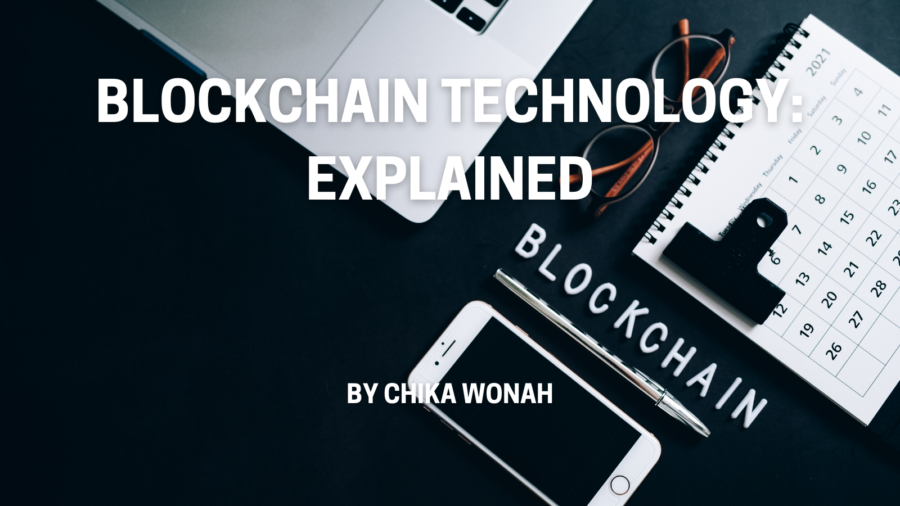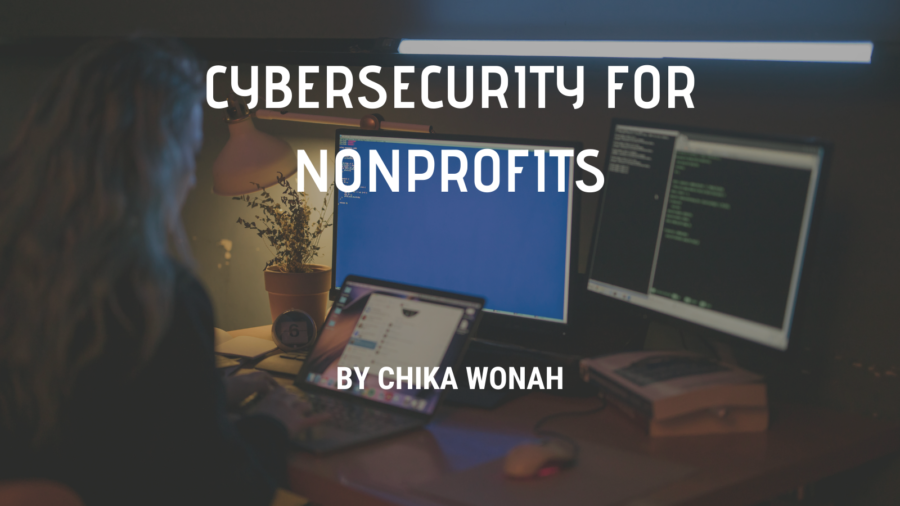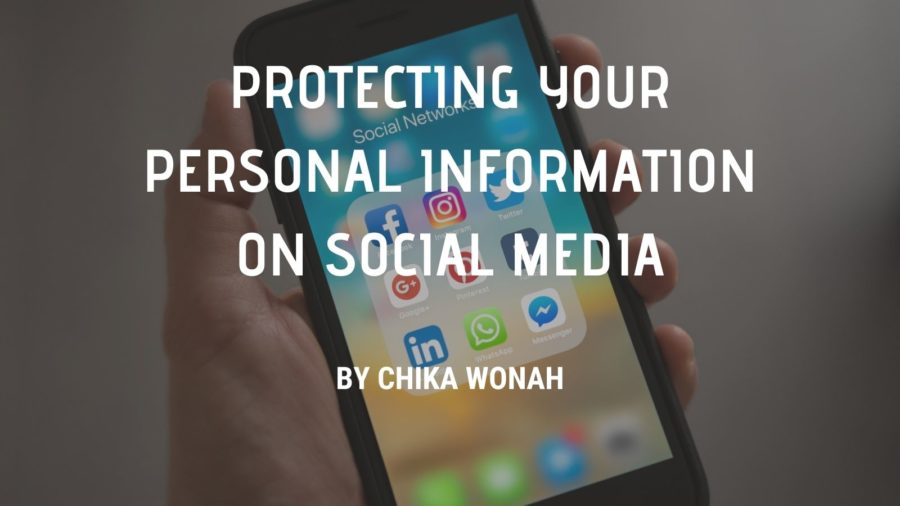Upon graduating from a Master of Arts in Counseling program, individuals can become certified as mental health counselors. These individuals can help individuals with various mental health issues, such as those who have lost a loved one. For instance, a mental health counselor can help a woman who recently lost her husband, while another one is assisting a young man with an anxiety disorder.
The role of a psychiatrist is challenging and rewarding. It involves developing and implementing effective strategies to help individuals with mental health concerns.
Due to the rise of digital technology and the increasing number of people using smartphones and social media, mental health counselors are more likely to encounter individuals who are struggling with issues related to their use of these platforms.
According to psychiatrist Dr. Igor Pantic, the rise of social media has had a significant impact on the way people communicate. In a review of the literature, he noted that the platforms have made it easier for individuals to connect with each other.
He also noted that there have been several studies that suggest a link between the use of social media and various mental health issues, such as depression and anxiety. However, Pantic noted that these studies are not yet definitive and that further research is needed to establish a clear link between technology and mental health.
Although it is important for mental health professionals to have a good understanding of the various effects of technology on mental health, it is also beneficial to learn more about its positive impacts. Aside from being beneficial for individuals, technology can also help improve the way people manage their mental health. There are various observable areas where technological advancements have helped people take charge of their own care.
Despite the progress that has been made in addressing mental health issues, journalist Conor Farrington noted that the lack of resources for mental health care continues to be a major issue. For instance, according to Farrington, the average cost of mental health care in the U.S. and the U.K. is around $33.
In developing countries, the availability of mental health care is significantly lower. According to Farrington, technology can help improve the quality of mental health care by providing various services.
According to Los Angeles Times reporter Lena Sun, technology is helping improve the quality of mental health care by providing various services and information. For instance, she noted that there are now apps that promote mental wellness and are able to provide individuals with online courses in cognitive behavioral therapy.
In her article, Sun highlighted a British-based online platform that has been endorsed by the country’s national health service. The Big White Wall is an online community that enables people with various mental health issues to manage their symptoms. It features a variety of tools and resources, such as online classes and educational resources.










